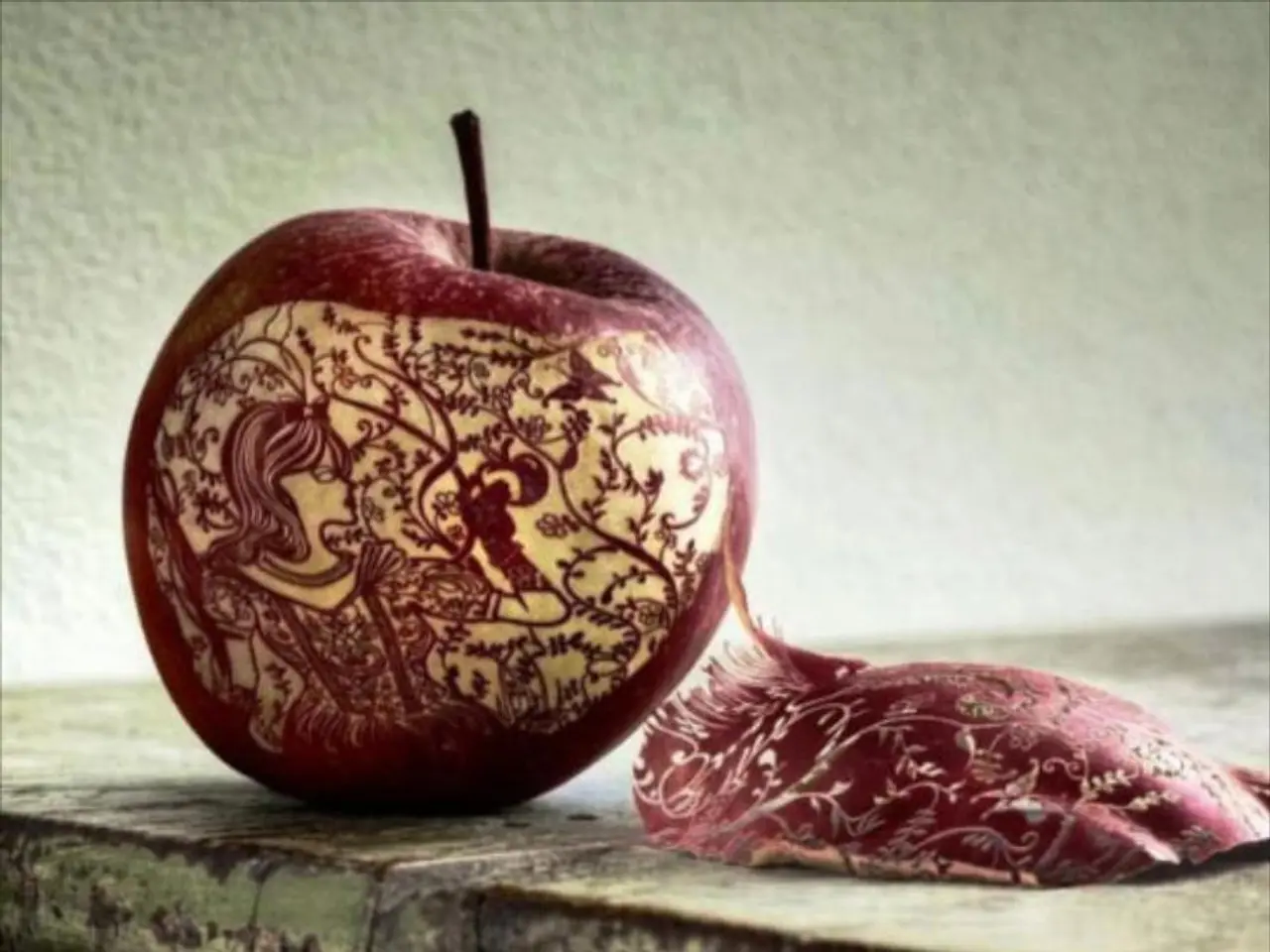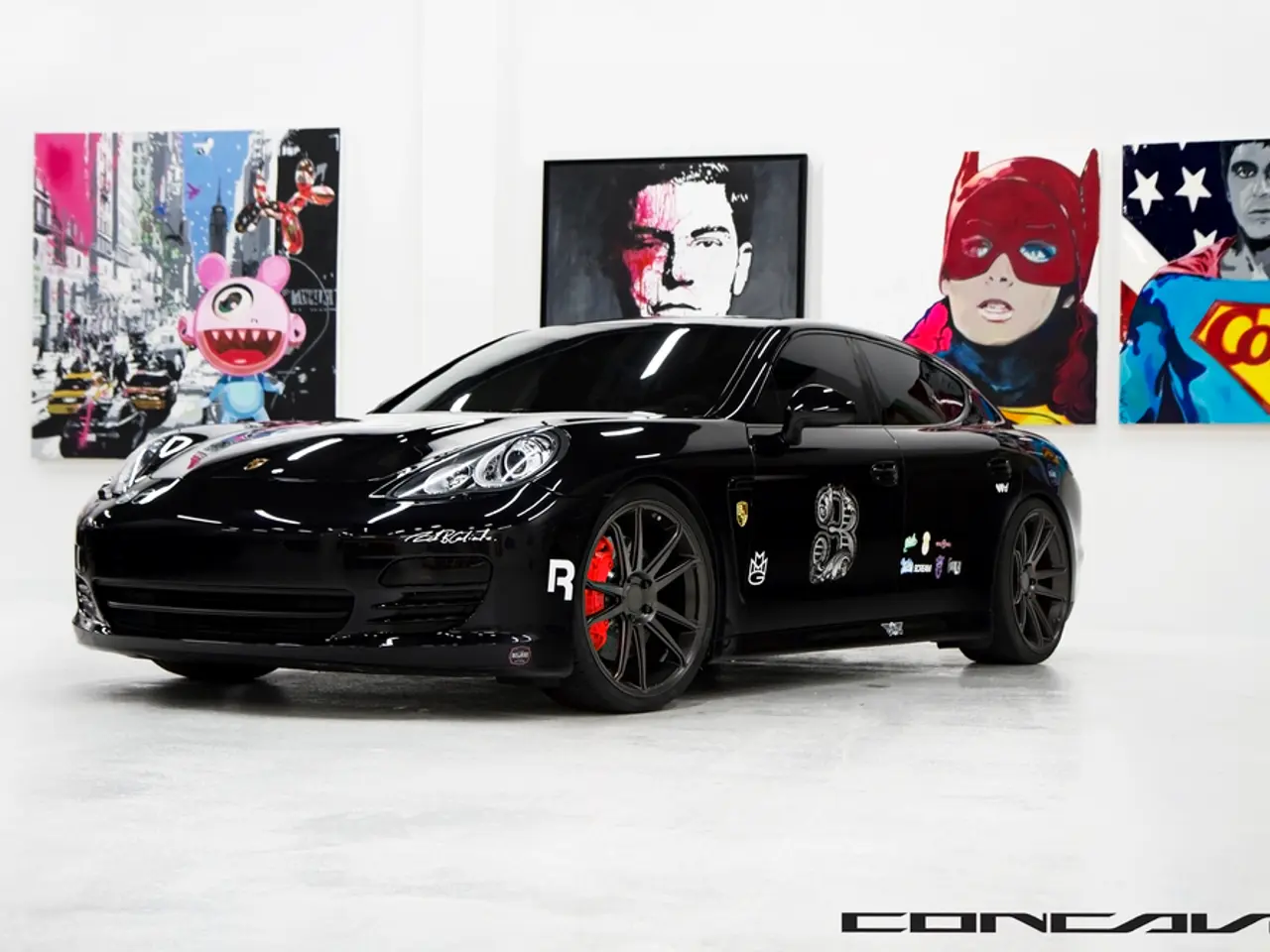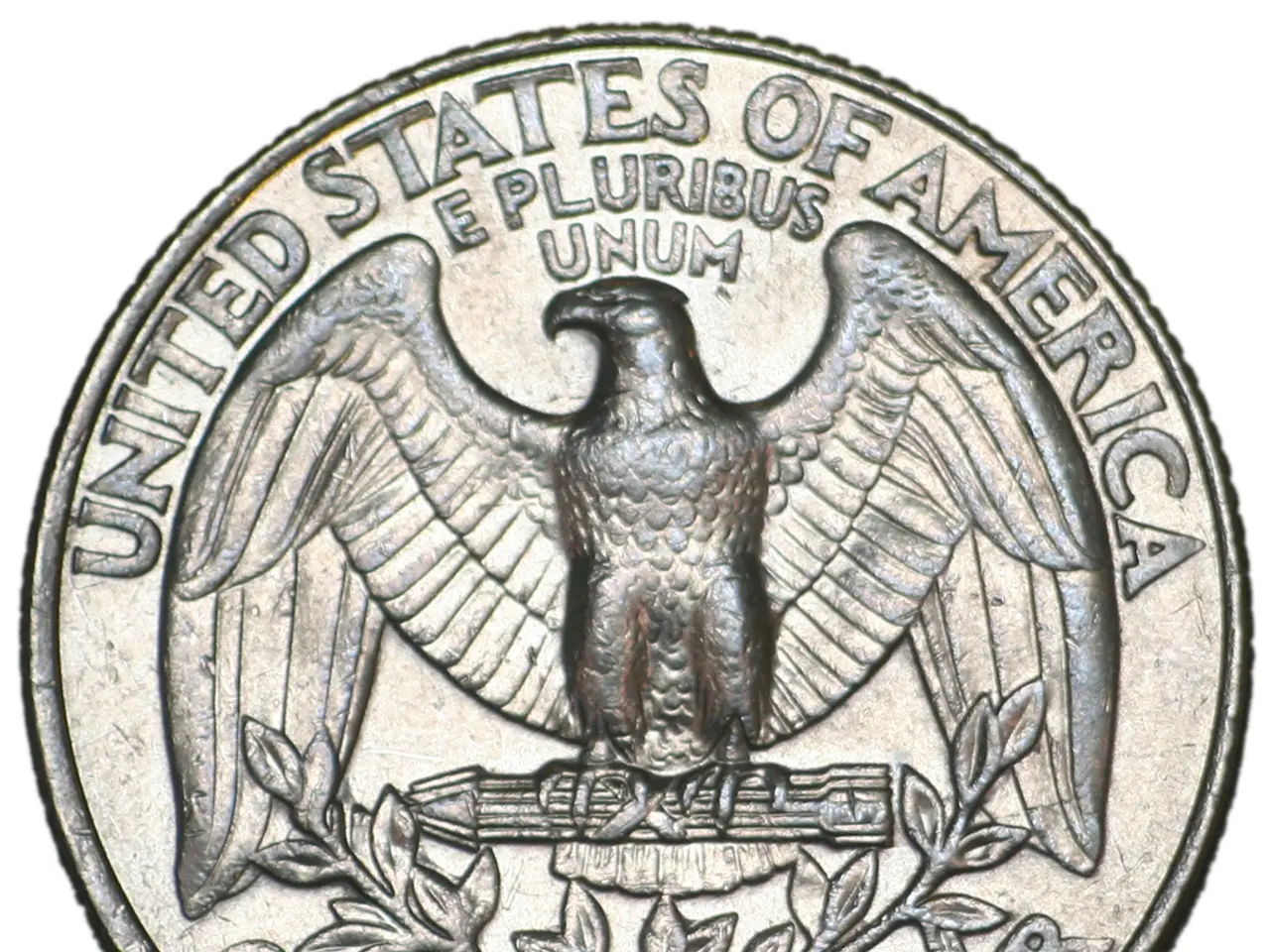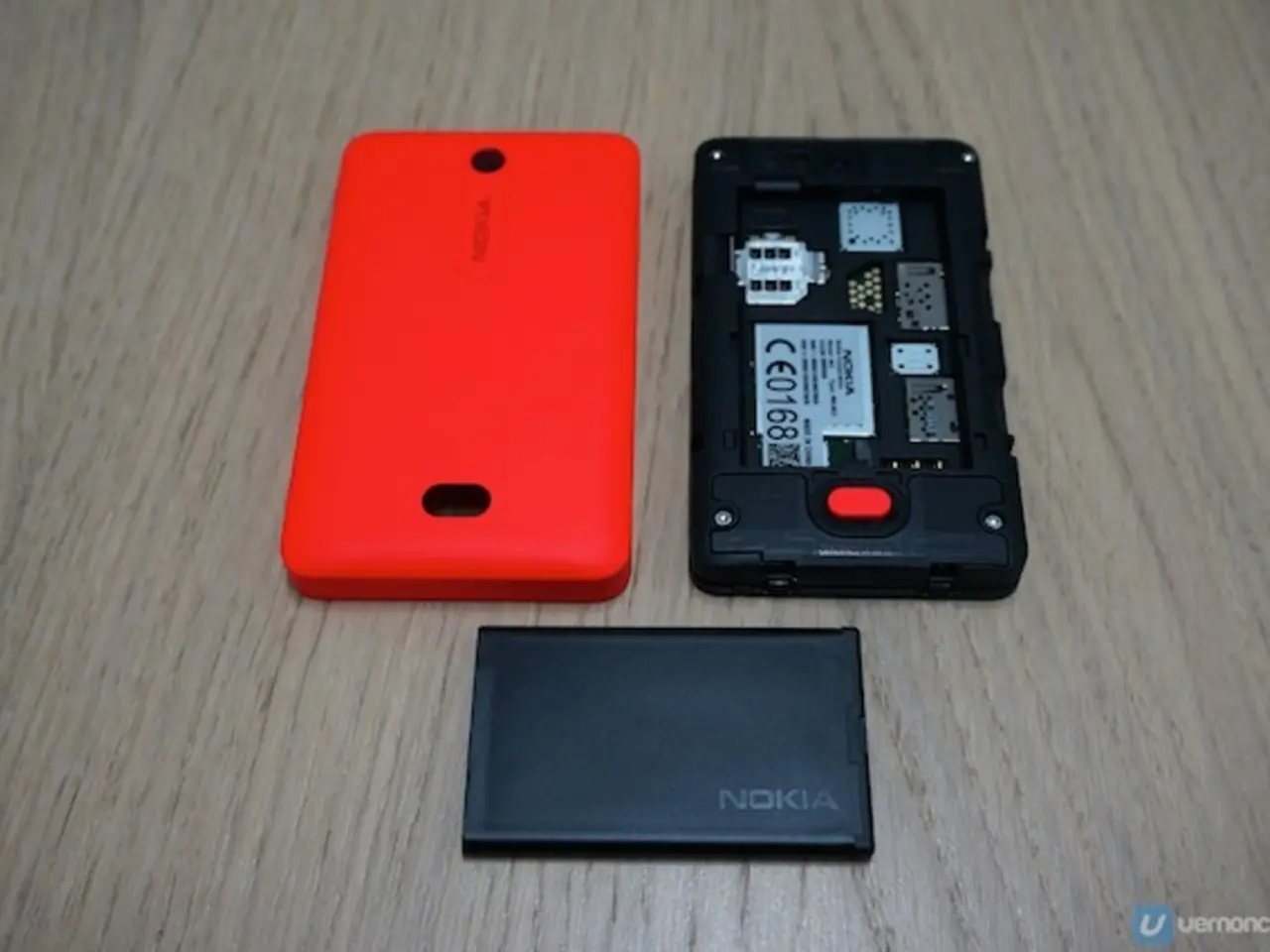The Connection of Graphic Layout and User Interaction Design
In the realm of digital product development, User Interface (UI) designers play a critical role within the broader User Experience (UX) design process. Their focus is on the visual layout and interactive elements that users directly engage with, such as websites and applications.
### Key Responsibilities of UI Designers within UX:
- **Visual Design Creation:** UI designers are responsible for creating the graphic elements of the interface, including menus, tabs, widgets, buttons, and search fields. They ensure these components are visually appealing, consistent with the brand's style, and easy to use.
- **Prototyping and Mockups:** They develop UI mockups and interactive prototypes that demonstrate how the product will function and appear to users. These prototypes serve as visual guides during development and help stakeholders understand the intended experience.
- **User Interaction Design:** UI designers focus on how users interact with the product on the screen, designing smooth and functional interaction processes. This includes creating clickable elements that facilitate seamless navigation and action.
- **Applying User Feedback:** A key responsibility is iterating on designs based on user feedback and usability testing to resolve issues related to responsiveness, usability challenges, and overall interface clarity.
- **Collaboration:** UI designers collaborate closely with UX designers, product managers, developers, and marketers to ensure their designs align with overall product goals and provide a cohesive experience that is both functional and attractive.
### Impact on the Design Process:
- UI designers bring the UX strategy to life visually, translating wireframes and user flows created by UX designers into polished, interactive interfaces.
- They ensure consistency across the product, maintaining style standards and visual hierarchy that enhance usability and brand identity.
- Their work directly impacts the user's first impression and ongoing satisfaction with the product by making the interface intuitive and enjoyable to use.
- Through prototyping and iteration, UI designers help bridge the gap between conceptual UX designs and final product implementation, facilitating smoother development cycles.
In essence, UI designers focus on the look and feel of the product interface, creating visually engaging and easy-to-use elements that enable effective user interaction, while collaborating within the UX design framework to ensure the whole user experience is intuitive and satisfying. Their role is vital in shaping how users perceive and engage with digital products, making them an essential part of the larger UX design process.
- UI designers practice user-centered design, incorporating user research and feedback into their visual design creation to ensure their interfaces are appealing, consistent, and user-friendly.
- In addition to UI design, they also engage in service design by considering the overall user experience across various touchpoints, promoting a seamless and cohesive interaction design.
- To maximize the user experience, UI designers apply technology and innovative solutions in their work, leveraging tools and platforms to create visually compelling and functional interfaces.
- Their interaction with information architecture is crucial in organizing content and information architecture in a user-friendly way, making it easier for users to find what they need and improving the overall user experience.




